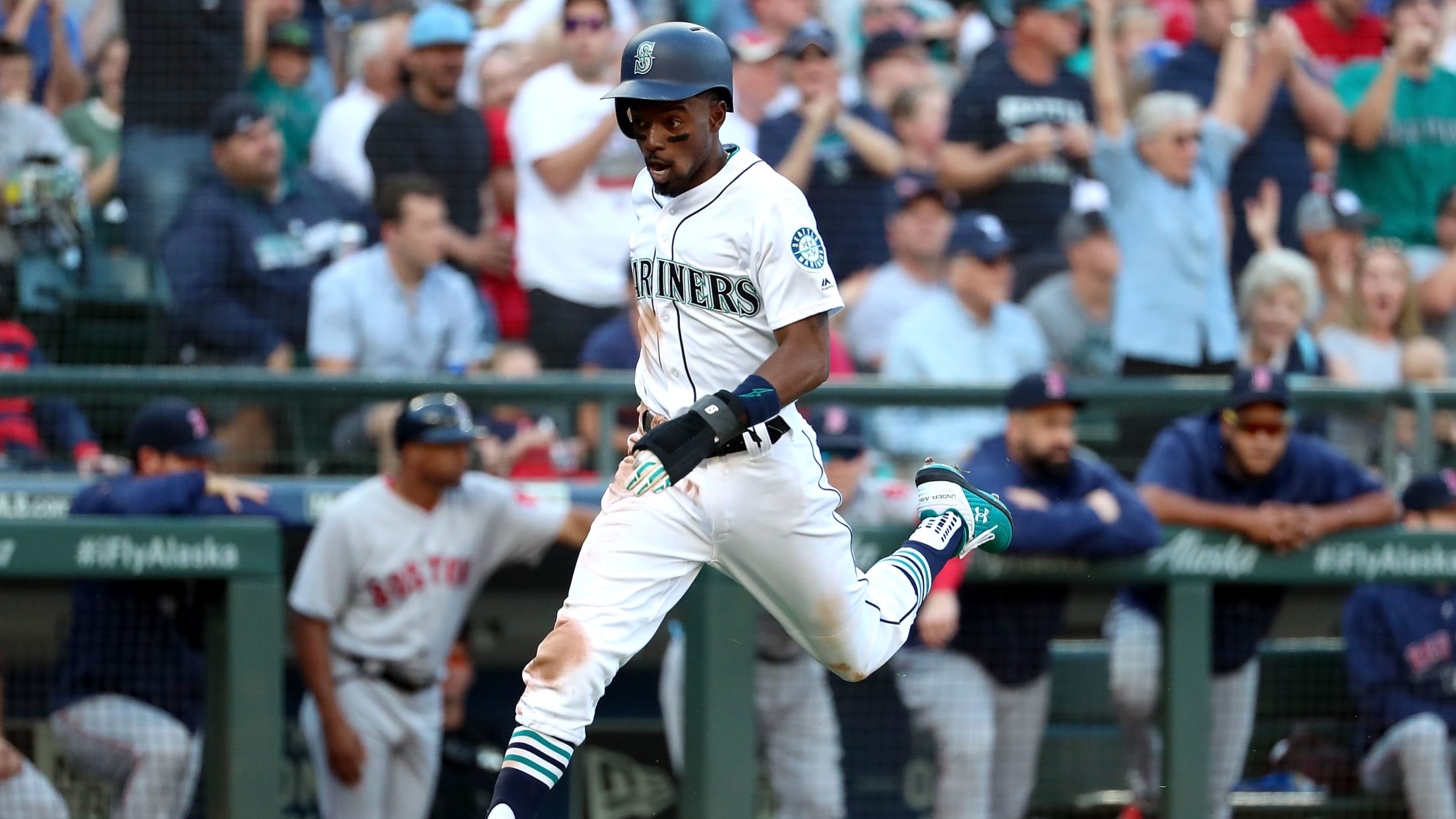What happened to stolen bases in MLB?

In the 1980s, there was basically no one in baseball cooler than Rickey Henderson. By extension, there was nothing in baseball cooler than stealing a base. Before home runs became all the rage in the late '90s, steals were the trendy way to produce runs on offense, with Henderson leading the charge.
For 12 straight seasons from 1982-1993, at least 10 Major Leaguers stole 40-plus bases. Since 1993, there have only been three seasons in which at least 10 players stole 40-plus bases, and none since 2006.
Where has the steal gone? (Click on the photo to enlarge). 
At the peak of the golden age of steals in 1987, MLB teams were attempting steals 12.4 percent of the time when they were on first base (SB attempts/1B+BB+HBP). For the last three seasons, MLB teams have attempted steals less than 8 percent of the time they've been on first base. In 2018, MLB teams have averaged 0.68 stolen base attempts per game -- the lowest rate since 1964.
While Henderson's legend status was built largely on his gaudy steal totals, he did also possess an impressive overall skillset at the plate. However, in his era, there were also players like Vince Coleman, who made their careers out of swiping bags. The 1985 NL Rookie of the Year Award winner never slugged higher than .400, but he stole a ridiculous 326 bags over just his first three seasons in St. Louis. For comparison, only three active players have 326-plus steals in their entire careers:
As home runs have come back in style, the Vince Colemans of baseball -- the leadoff hitters whose speed outweighs their offensive deficiencies -- are now few and far between. After posting historic stolen base totals in the Minors,
With teams knowing that runs come more easily from one swing of the bat than a few swipes on the basepaths, it has become more difficult for players like Hamilton to carve out a spot on the roster.
And we know the Astros second baseman and 2017 AL MVP brings more to the table than just steals.
All of this isn't to say that teams have stopped stealing because they are any worse at it. In fact, stolen base success rate has actually improved since the 1980s. On average, MLB teams have boasted at least a 70 percent success rate for 15-straight seasons now, a rate that was only achieved in one season between 1982-1993. They may be going less often, but teams have certainly figured out how to succeed more efficiently on the basepaths.
No, it doesn't look like there will be another Rickey Henderson walking through the door anytime soon. But that doesn't mean the stolen base is dead. It just means we should appreciate baserunners' brave attempts to swipe bags -- and admire the few who are still stealing bases like they haven't already gone out of style.






